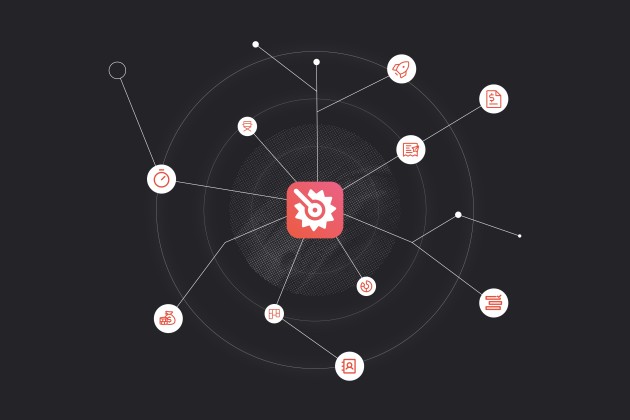

The Monday alternative without a learning curve
Tools that are too complex can result in steep learning curves that make onboarding difficult. Rodeo Drive's interface is intuitive, simple, and sleek. You'll only need to learn how to use it once.
No credit card needed.
So, why switch to Rodeo Drive?


Simple user-friendly interface
Monday's user interface can be a challenge due to the tool's complexity. Rodeo Drive solves this by offering an easy-to-navigate dashboard that provides a complete overview of your project status at a glance while also eliminating clutter.

Powerful reports on project insights
Because all of Rodeo Drive’s features are interconnected, the platform automatically compiles metrics on your employee productivity, project profitability, and other insights based on the time tracked and tasks completed by your team.

No need to rely on integrations
Monday offers dozens of integrations with other tools, but this comes with added costs. We believe that you shouldn’t have to integrate to get everything you need in a software solution, and that’s why we offer all of the necessary functionalities built in.
More features
A truly all-in-one tool

Guest Users
Rodeo Drive brings teams together for better collaboration via its free guest users. This way, you can give external parties like clients, vendors, or freelancers temporary access to project information.

Time Tracking
Not sure how much time your projects are taking? All tracked time counts against your project budget, giving you real-time updates on spending and overall performance.

Task Management
Rodeo Drive makes it easy to manage your team's workload. Because task planning occurs via timeline view, you'll always have a clear picture of what everyone's working on before assigning new action items.
The single source of truth for your projects.
Gone are the days of switching between apps. Rodeo Drive offers all the features you need – all in one place. Plus, Rodeo's paid plan is a simple flat fee per user, rather than charging you by feature set.
.png)
Trusted by


























Don't just take our word for it:
“The interface looks neat and everything is straightforward. Whenever a new member joins the team, I only need to show them how it works once and that’s it.”
“With Rodeo, we can quickly see what’s going on with our projects, providing much more context to base updates on. Clients have really noticed how we are able to give way more details about project status than we used to.”
Frequently asked questions
Rodeo Drive integrates with QuickBooks (US) and Xero (UK) to assist with bookkeeping.
There are two ways to track time in Rodeo Drive. You can either start the live timer on your "Time" tab when you begin a task or add a timecard after the fact.
Ready to make the switch to Rodeo Drive?

If you still have questions about our software, allow us to show you the ropes through a personalized demo, or try it for free today.
Schedule a demo Try for free



